Boba milk tea, or bubble tea, transcends mere beverage status. It embodies a lifestyle, an experience, and undoubtedly a social phenomenon. With roots tracing back to Taiwan in the 1980s, this delightful concoction combines tea with milk, sugar, and chewy tapioca pearls (the iconic “boba”). Over time, it has evolved into an expansive collection of flavors, textures, and styles, making it a favorite among tea enthusiasts and casual drinkers alike. This guide serves not only as an introduction to boba milk tea but also a comprehensive overview of its fascinating history, current trends, preparation techniques, and health tips.
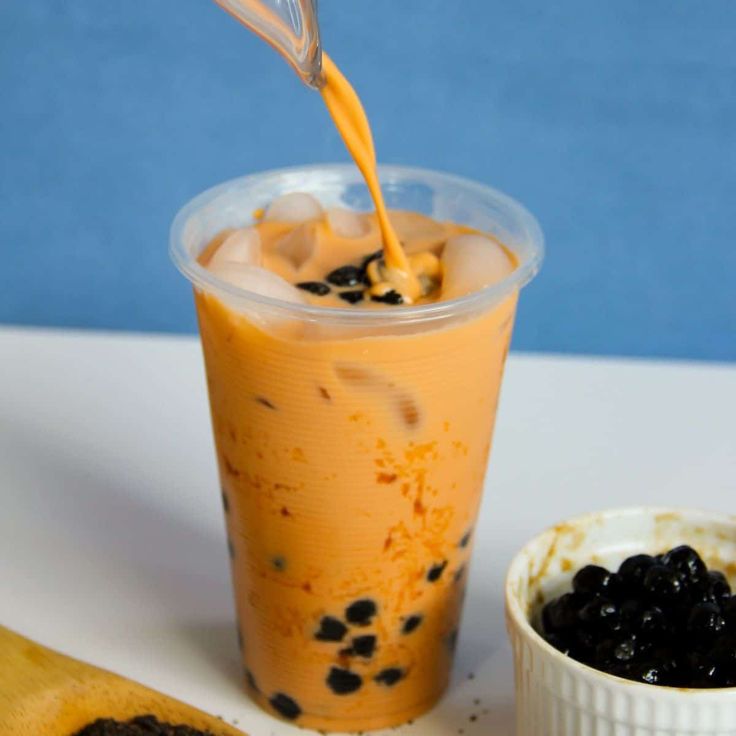
The Rich History Behind Bubble Milk Tea
Understanding boba milk tea starts with delving into its rich history. The drink first emerged in Taiwan during the early 1980s, where street vendors began experimenting with sweetened tea and a variety of toppings. One significant moment in bubble tea history occurred when vendors started incorporating tapioca pearls into the mix. This innovative combination caught on quickly, and the beverage became a staple in Taiwanese culture.
Initially, boba milk tea remained a localized specialty. However, its charm and unique texture drew international attention. By the late 1990s, bubble tea made its way to cities across North America, becoming a favorite among young people. The drink’s rise was not merely due to flavor; its Instagrammable aesthetic played a significant role in its popularity. Vibrant colors, layered textures, and playful straws contributed to a social media-ready persona that propelled it into the global consciousness.
Today, boba milk tea has secured its place as a beloved refreshment worldwide. It has branched out into various forms, including fruit teas, smoothies, and slushies, capturing the essence of culinary innovation. Shops dedicated solely to bubble tea continue to proliferate, allowing new flavors and ingredient combinations to ignite the imaginations of both traditionalists and aficionados alike.
The Art of Choosing the Perfect Ingredients
Creating the perfect cup of boba milk tea involves selecting high-quality ingredients and balancing them in a way that pleases both the palate and the eye. At the heart of this beverage lies tea—black tea, green tea, jasmine tea, and oolong tea stand out as popular choices. Each type offers a distinct flavor profile, allowing customization based on individual tastes. For a robust and rich experience, opt for black tea; green tea offers a lighter and grassier option that appeals to those preferring subtle flavors.
Next, consider the milk component. Traditional boba milk tea uses whole milk or condensed milk to achieve a creamy texture, but alternative milks have surged in popularity, including almond, oat, and coconut. Each alternative introduces its unique flavor twists. For example, coconut milk provides a tropical flair, while oat milk delivers a velvety consistency that many find appealing. The sweetness level also plays a vital role. Sugar syrup or sweetened condensed milk provides delicious sweetness, but aspiring health-conscious drinkers can choose natural sweeteners like honey or agave syrup, or even reduce sugar entirely if they prefer.
Tapioca pearls remain the signature ingredient that gives bubble tea its name. Sourcing high-quality tapioca pearls is crucial; they should be chewy and have a slightly sweet taste. Many shops offer options like flavored boba or alternative toppings such as fruit jellies, pudding, or popping boba (pearls filled with fruit juice). These additions further enhance the experience, contributing to a delightful mix of textures that keep each sip exciting.
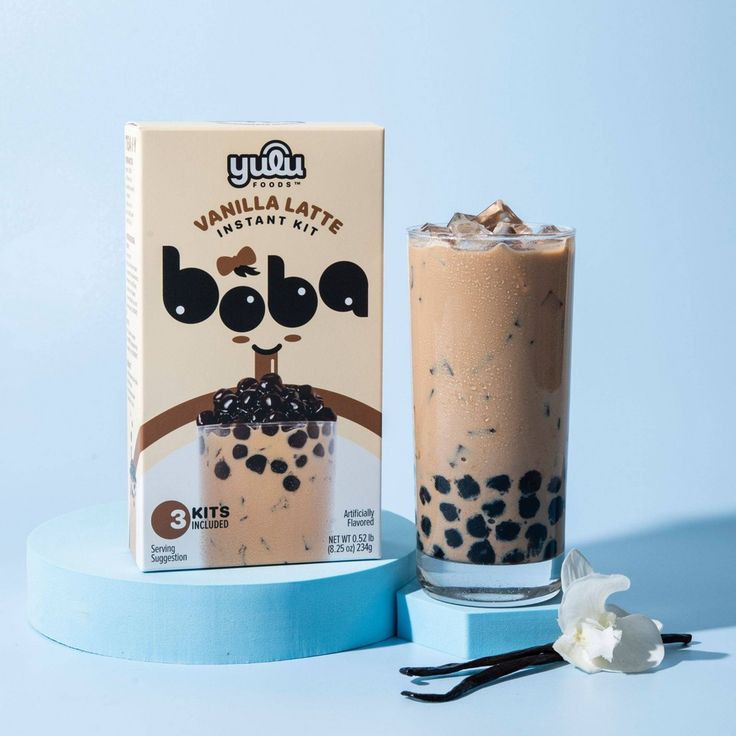
Decoding the Different Types of Bubble Tea
Bubble tea has evolved into a myriad of styles, each offering its unique flair and taste profile. While traditional boba milk tea often features black tea combined with dairy ingredients, contemporary shops offer diverse variations catering to an eclectic range of preferences. Here’s a look at some of the most celebrated types:
Classic Milk Tea
This variation comprises black tea, milk, and significant sweetness. It’s typically the first taste venture for individuals new to bubble tea. This combo makes for a rich, creamy experience with chewy tapioca pearls.
Fruit Tea
For those craving a refreshing twist, fruit tea serves as an ideal alternative. This style often utilizes green tea or herbal infusions, paired with a variety of fruits such as mango, passion fruit, or lychee. Popping boba adds an exhilarating burst of flavor, enhancing every sip.
Slushies and Smoothies
The blend of boba pearls with slushies or smoothies results in a frozen treat that’s perfect for a hot day. Shops often diversify their offerings with fresh fruits and blending techniques, providing creamy, icy options that are not just refreshing but visually stunning.
Cheese Foam Tea
This innovative take involves a salty cream cheese foam layered on top of brewed tea. The contrast between the saltiness of the cheese foam and the sweetness of the underlying tea creates a sophisticated profile that delights adventurous palates.
Thai Tea
Originating from Thailand, Thai tea is known for its vibrant orange color and spiced flavor profile. Typically sweetened with evaporated milk or condensed milk, its distinct taste, reminiscent of strong black tea, sets it apart from other bubble tea forms.
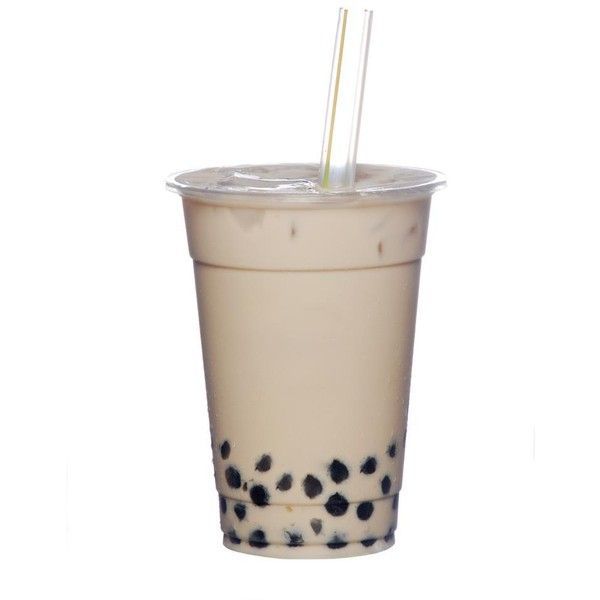
Crafting Your Boba Tea at Home
Once you’ve experienced the joy of boba milk tea, you may find yourself yearning to replicate the experience at home. Crafting your boba milk tea can be rewarding and allows for complete customization according to personal preferences. Here’s a step-by-step guide on how to master this delightful beverage:
Ingredients Needed
- Loose leaf black or green tea (or your preferred variant)
- Tapioca pearls
- Sweetener (sugar, agave syrup, honey)
- Milk (dairy or non-dairy alternative)
- Ice (if preferred)
Step-by-Step Process
- Prepare the Tapioca Pearls: Boil water and add the tapioca pearls. Stir frequently to prevent sticking. Cook for 20-30 minutes, depending on the package instructions. Once cooked, rinse them in cold water and let them soak in a sugar syrup to enhance sweetness.
- Brew the Tea: Steep your chosen tea to your desired strength. Opt for a longer steeping time for a bolder flavor, keeping in mind that you’ll dilute it with milk.
- Combine Ingredients: In a glass, add a generous portion of cooked tapioca pearls. Pour in your brewed tea, adjusting the amount according to taste. Next, add your preferred milk – adjust the quantity for creaminess. Finally, sweeten to taste and stir well.
- Chill and Enjoy: If you prefer iced boba milk tea, simply add ice or chill the tea before combining. Savor the satisfaction of your homemade bubble tea!
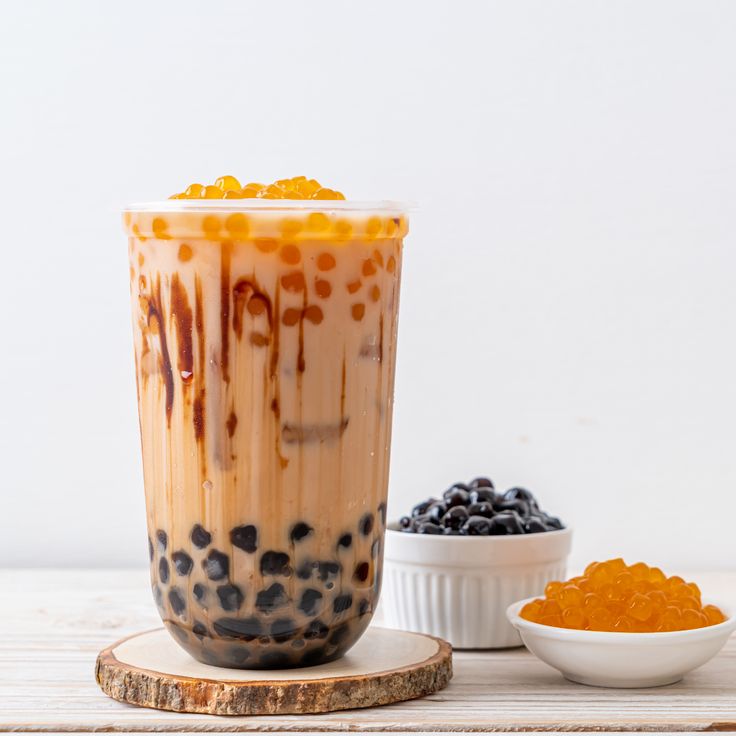
Health Considerations and Alternatives
While indulging in delicious boba milk tea provides immense joy, it’s important to remain aware of its nutritional profile. Traditional versions contain several added sugars and high-calorie milk, which can raise concerns about excessive caloric intake, especially among those monitoring their diets.
However, this permits customization; as noted earlier, many options for reducing sugar and calories exist. For example, opting for unsweetened tea bases or naturally sweetened versions can lower calorie counts while maintaining flavor. Substituting full-fat milk with low-fat or plant-based alternatives also provides a nutritious boon without sacrificing texture.
Moreover, considering the types of toppings you choose can make a significant impact. Tapioca pearls contain minimal nutrients, but alternatives like chia seeds, fruit jellies, or coconut jelly offer added health benefits. Additionally, fresh fruits can elevate nutrition while enhancing flavor. Many shops now cater to health-conscious consumers, offering “skinny” versions of their drinks with lower calories and healthier ingredients.
The Bubble Milk Tea Cultural Phenomenon
Boba milk tea represents more than just a drink; it embodies a vibrant cultural experience. The social engagement surrounding this beverage is palpable, particularly in communities where bubble tea shops have laid their foundations. It fosters connection—friends gather at bubble tea shops, curating their own drink combinations while bonding over shared plights and triumphs. The engaging nature of sipping boba tea, with its delightful chewiness and layered flavors, cultivates a relaxed environment for conversation and creativity.
Furthermore, the boba phenomenon has evolved into a fashionable trend. Cities around the globe are now hosting bubble tea festivals celebrating flavors, culture, and creativity. Artisans and entrepreneurs continually innovate, creating new flavor combinations while paying homage to traditional methods of cultivation and crafting. The experience extends beyond mere consumption; there’s an appreciation for the artistry behind each drink.
Additionally, the proliferation of Instagram has allowed boba shops to thrive by attracting new customers looking for photogenic experiences. Attaching tags like #bobalove or #bubbletea to their pictures brings forth a sense of community and shared passion, resulting in a burgeoning culture that spans continents and languages.
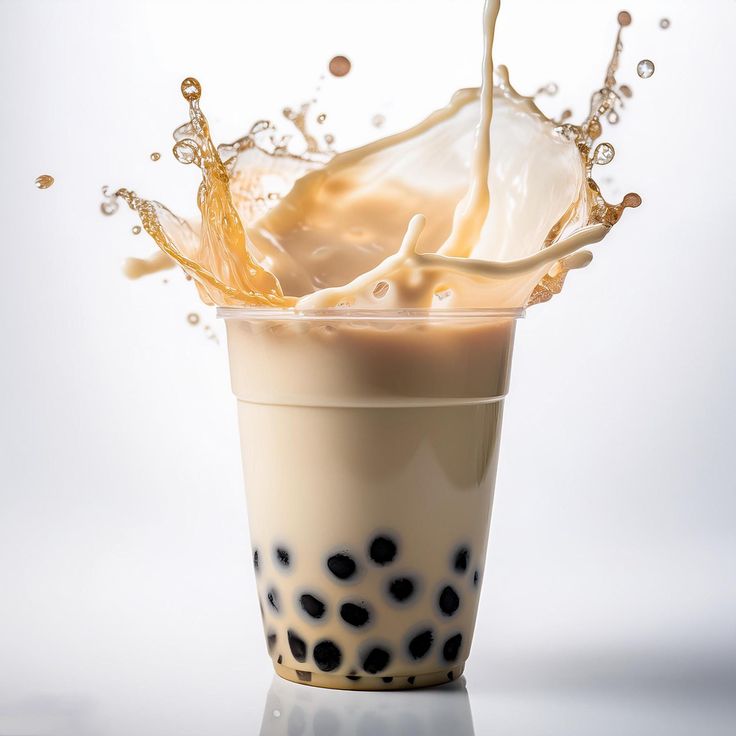
Exploring the Global Expansion of Boba Tea
The exponential growth of boba milk tea has paved the way for increased global interest. Initially rooted in Taiwanese culture, bubble tea has become an international sensation, with shops opening in major cities across every continent. This global expansion highlights a significant cultural shift where traditional culinary boundaries blur, leading to collaborations and fusions that reinvigorate classic flavors while introducing new interpretations.
Cities like Los Angeles, New York, London, and Sydney are now dotted with boba shops offering enticing variations tailored to their diverse populations. Each locale often incorporates local tastes and preferences, leading to unique presentations. For example, in Southeast Asia, you might find refreshing fruit teas featuring tropical flavors, whereas in North America, creamier versions might dominate the menu.
Moreover, the COVID-19 pandemic has accelerated the rise of delivery services and pop-up shops. This shift prioritizes convenience and safety for bubble tea lovers. Enthusiasts can now enjoy their favorite drinks from the comfort of home. As the world recovers, boba milk tea continues to thrive in urban settings.
Conclusion: Your Boba Milk Tea Adventure Awaits!
Whether you’re a boba novice or a seasoned aficionado, this guide unveils the world of boba milk tea—a delightful drink that celebrates variety, flavor, and cultural connectivity. With an understanding of its history, an awareness of ingredient choices, and a knack for preparation, your bubble tea adventures can continue to flourish. Consider not only indulging in its sweetness but also engaging with its cultural significance and the community that surrounds it.
As you explore the numerous flavors and styles, continue to craft your creations, adapt to health trends, and connect with fellow bubble tea lovers. Boba milk tea isn’t just about the drink; it’s about the experience, the joy of creativity, and the connections you form along the way. So grab a straw, choose your flavors, and let the bubble tea bliss begin!